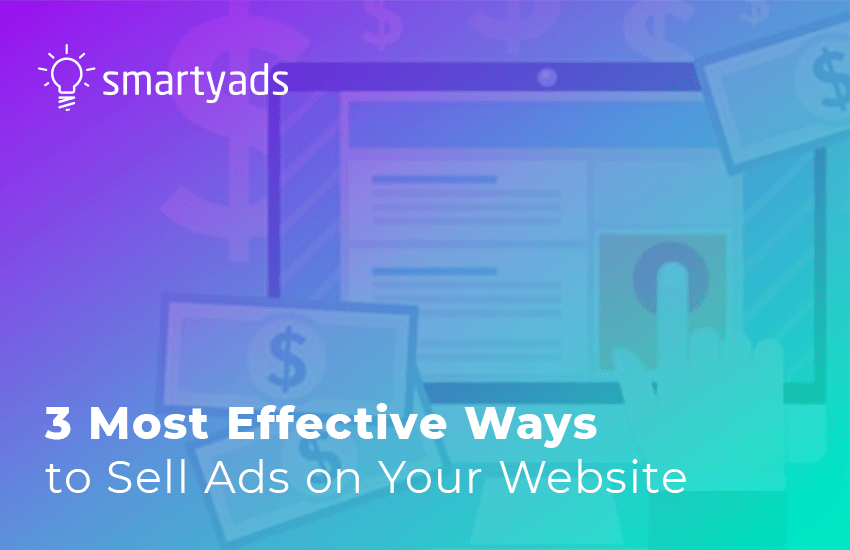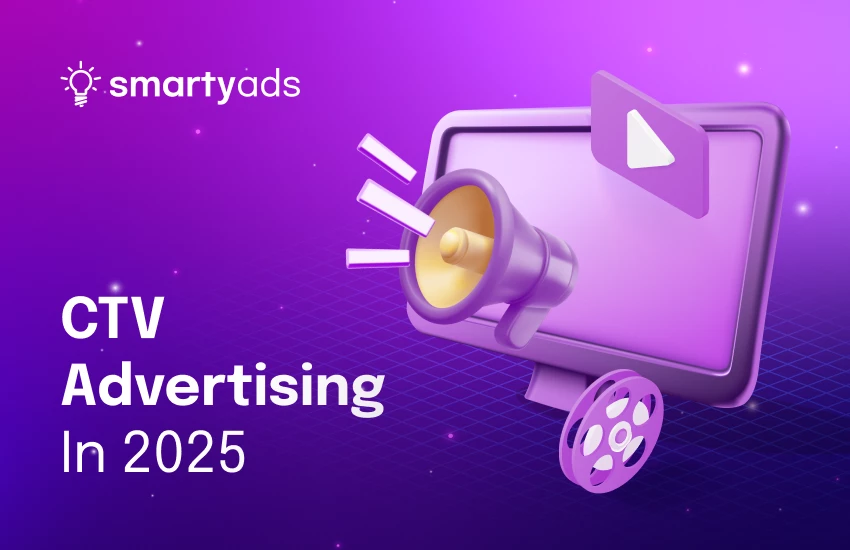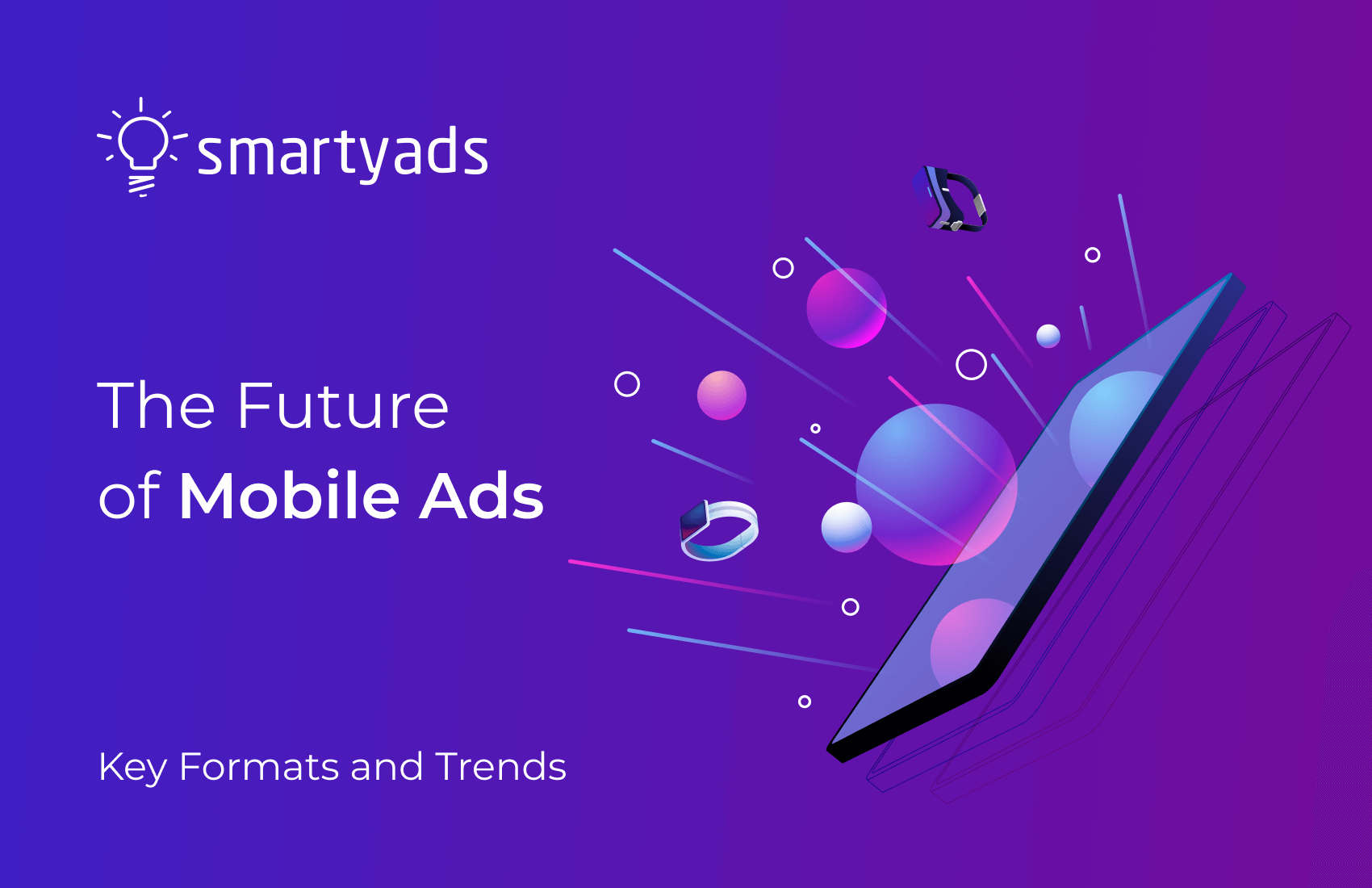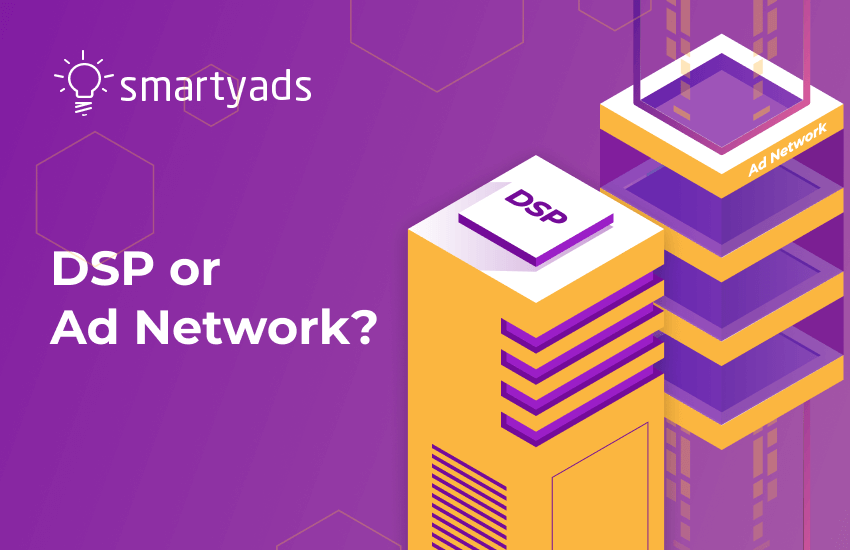Twitch is changing—and so are the rules of engagement.
Once the undisputed kingdom of chaotic live streams, high-energy emotes, and late-night Minecraft marathons, Twitch is now evolving into something more... advertiser-friendly. Don’t worry, the gamer memes are still strong—but behind the scenes, Twitch is busy rethinking its monetization strategy, one muted ad experiment at a time.
Recently, Twitch announced two significant updates: picture-in-picture (PiP) ads that keep the stream running while the ad plays on the side, and a revamped Treasure Train that offers subscription discounts to fans during hype moments. On the surface, these updates look like minor tweaks. But for programmatic advertisers and DSP strategists, they’re a blinking neon sign: “We’re open for (smarter) business.”
Let’s unpack what this means—minus the hype, with a dose of realism, and a clear path for marketers who want to stay ahead.
What’s new on twitch? Picture-in-picture & treasure train
So, what’s the big deal with PiP ads?
Twitch is experimenting with muted ads that appear in a corner of the screen while the main stream keeps running—shrunk slightly, but uninterrupted. Viewers can choose to unmute the ad if they're feeling generous (or curious).
Otherwise, the stream remains center stage.
It’s an elegant-ish solution to a long-standing Twitch problem: users hate being pulled out of live content, and advertisers hate paying for ignored prerolls. PiP ads offer a middle ground—non-disruptive visibility that still checks the viewability box.
Alongside this, Twitch introduced a “Treasure Train”, a shinier cousin of the Hype Train. It rewards communities with discounted Tier 1 subscriptions (up to 35%) once the train hits level 5. Streamers can opt in, fans can save money, and Twitch quietly drives more recurring revenue. Everyone wins—or at least, no one rage-quits.
UX-centric monetization trends in streaming
Twitch isn’t operating in a vacuum here.
We’re witnessing a broader industry shift toward less intrusive, user-centric monetization in streaming. YouTube has flirted with ad previews and lighter touch formats. Spotify now offers interactive audio and video ads that invite user engagement without cutting off content. Even Hulu is getting smarter with pause-ads and context-based insertions.
Why? Because audiences are tired. Attention is fractured. And loyalty? That’s earned, not assumed.
This makes viewer retention and seamless brand integration the new battleground. Streaming platforms are no longer just selling impressions—they're offering environments where brand safety, attention, and UX live in (tense) harmony.
Why this matters for programmatic buyers
Here’s where it gets interesting for advertisers with a programmatic lens.
PiP ads introduce a fresh creative challenge: how do you engage a user who's still watching something else without being annoying? Think muted pre-rolls with strong visuals, clickable overlays, or even shoppable CTAs that sync with what’s happening in-stream. The stream remains in view, which means contextual alignment and brand adjacency are preserved—gold for marketers who care about relevance.
It also opens the door to real-time bidding (RTB) on a new ad format that prioritizes non-intrusiveness and high viewability. But this isn’t plug-and-play—DSPs will need to handle dynamic placements, user-triggered audio, partial impressions, and more complex engagement metrics. This is about more than reach—it’s about meaningful visibility in a lean-back environment.
How our DSP helps advertisers reach engaged streaming audiences
At SmartyAds, we’ve been watching these shifts closely—and building for them.
Our DSP already supports CTV and gaming inventory, making it easy to tap into live streaming audiences where engagement is highest. Our flexible creative tools let you deploy interactive, sound-optional formats that align with new ad experiences like Twitch’s PiP.
Want proof? Check out our Streaming Ad Solutions, CTV Targeting Guide, and Gaming Audience Overview for more on how we help brands win in high-attention, creator-driven spaces.
Whether it's new inventory types or evolving viewer expectations, we’re here to keep your campaigns adaptive and impactful.
The ad future is viewer-friendly—and DSP-ready
Twitch’s updates are a signal, not a side note. They're adapting to what modern audiences demand—choice, continuity, and control—without sacrificing monetization potential.
For advertisers, this is your moment to get ahead. The future of streaming ads isn’t louder—it’s smarter. And the DSPs that can balance flexibility with user-first design will own the next chapter.
Looking to tap into emerging ad formats and creator-driven platforms? Explore how SmartyAds DSP connects you with engaged, high-intent audiences—without interrupting the experience.
3 final tips for advertisers in the streaming age
- Design for the mute button – Assume sound is off, and win with strong visuals.
- Lean into context – PiP keeps content in sight. So should your targeting.
- Track smarter – Partial views, delayed engagement, and new metrics require agile measurement tools.
.webp)



